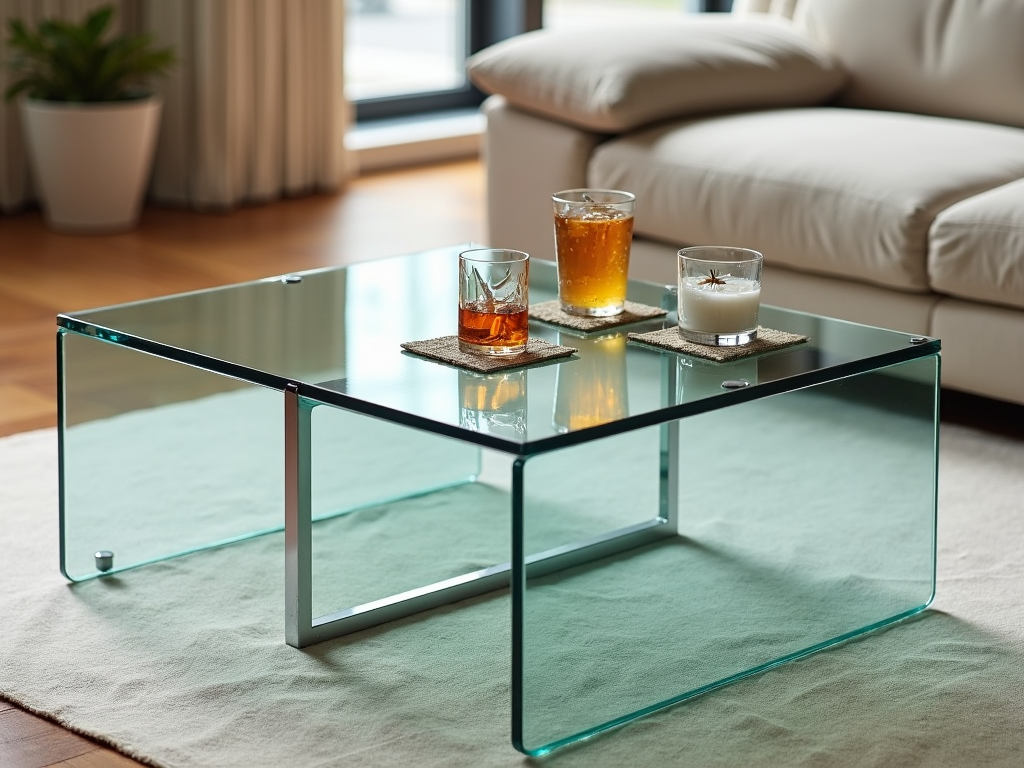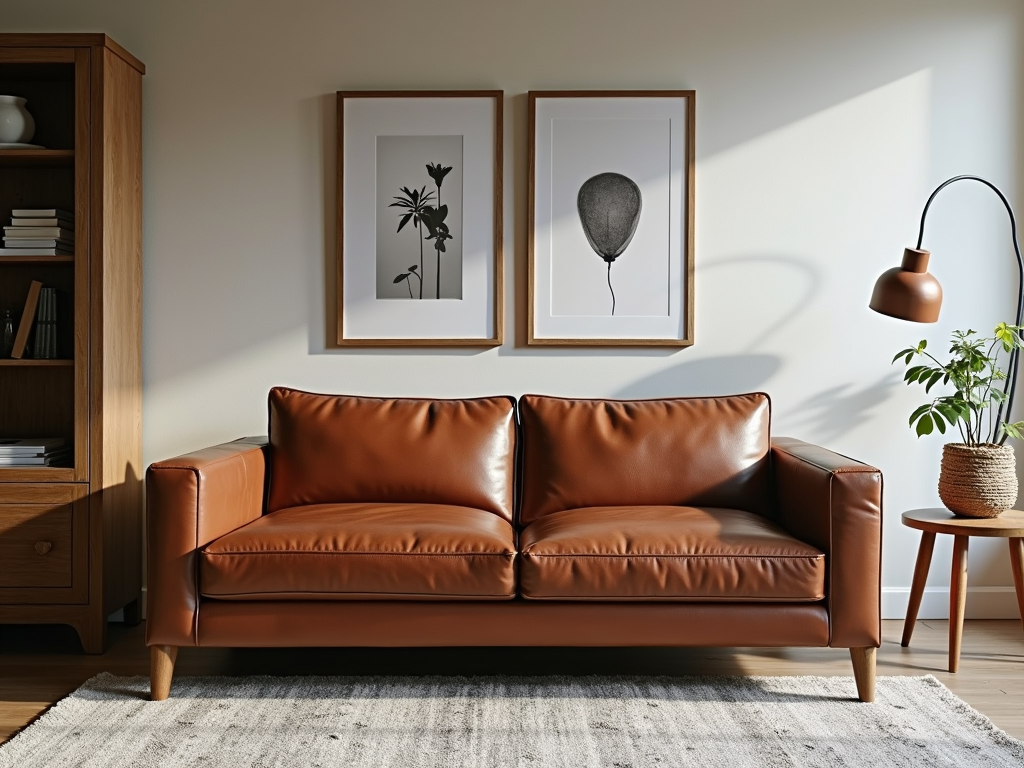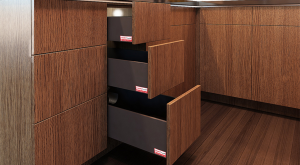Featured Post
Essential Furniture Care Tips for Every Homeowner
Understanding Furniture Materials
When it comes to furniture care, the first step is understanding the materials used in your furniture. Different materials require different care techniques. Here’s a breakdown of the most common types: - Wood: This material can range from solid hardwoods like oak and cherry to softer woods such as pine. Solid wood requires regular oiling to maintain its luster while protecting against moisture. - Upholstery: Materials like cotton, linen, and synthetic fibers all have unique cleaning needs. It's essential to check the manufacturer’s tags for specific cleaning instructions. - Leather: This luxurious option needs a gentle touch. Regular dusting and conditioning with a leather conditioner will keep it supple. Understanding these differences will guide you in selecting the appropriate cleaning and maintenance strategies for your furniture.
Cleaning and Maintenance Tips
Proper cleaning of your furniture is essential for longevity. Here are some best practices: - Dust Regularly: Use a microfiber cloth to dust surfaces frequently. This helps prevent the buildup of dirt and allergens. - Use Appropriate Cleaners: Always choose cleaners that are suitable for the specific material. For instance, mild soap and water work well for wood furniture, while upholstery may require vacuuming or specialized cleaners. - Avoid Harsh Chemicals: Stay away from abrasive cleaners or products that contain alcohol, as they may damage the finish or fabric. - Test First: Always perform a spot test in a hidden area before applying any cleaner to the entire piece of furniture.
Protecting Furniture from Damage
Environmental factors can significantly affect your furniture's longevity. Here are some effective strategies for protecting your furniture: - Effective Ways to Reduce Humidity in Your Home: Maintaining humidity levels between 30-50% is crucial, especially for wooden furniture. Consider getting a dehumidifier if your home is prone to dampness. - Avoid Direct Sunlight: Position furniture away from sunlight where possible, or use curtains to block UV rays that can fade colors and finish. - Coasters and Mats: Always use coasters under drinks and mats beneath hot dishes to prevent stains and heat damage.
Special Care for Different Furniture Types
Each piece of furniture may require specific care. Here are a few tailored tips: - Bar Stools: Regularly tightening screws and occasionally oiling hinges affects their lifespan, ensuring they remain sturdy and comfortable. - Leather Sofas: Dust weekly and condition quarterly to prevent cracking and fading. - Glass Tables: Use a glass cleaner and a microfiber cloth to keep them sparkling without streaks. - Antique Furniture: Be gentle; consider consulting a professional for restoration to preserve their value.
Summary
Taking the time to care for your furniture is crucial to maintaining its appearance and extending its lifespan. By understanding the materials and implementing appropriate cleaning and protective measures, you can ensure your furniture remains in great condition for years to come.
Read More
- How to Choose the Right Furniture for Your Home
- DIY Furniture Repair Tips
- Understanding Wood Types for Better Furniture Care
- How to Protect Your Upholstery
- The Best Cleaning Products for Wooden Furniture
Images and Descriptions












